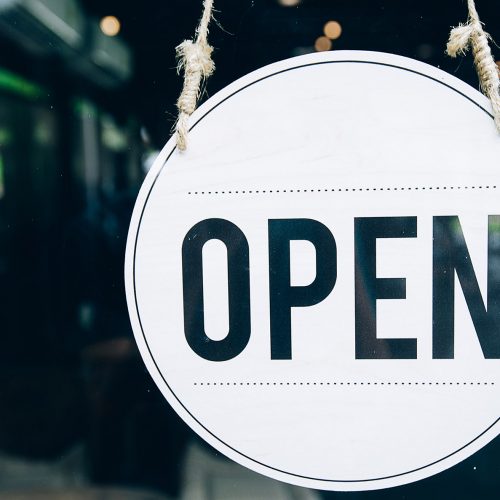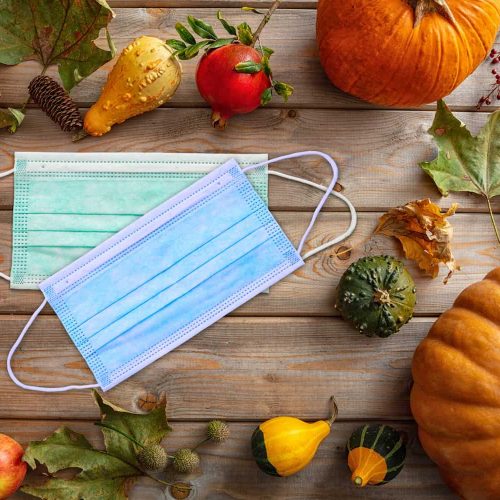The COVID-19 pandemic has been an uncertain and stressful time for many, but it is that much more nerve wracking for expectant mothers.
Giving birth is a terrifying, exciting, excruciating, life-changing event at any time but when the world is going through a global pandemic and there are so many questions unanswered, it can feel completely overwhelming for a pregnant mom.
Airdrie resident Kari Kasper is set to have a scheduled C-section at Peter Lougheed Centre (PLC) on May 4. She said her biggest fear is of contacting the virus and putting herself and baby at risk.
“They will separate mom and baby for 10 to 14 days even longer if they have to,” she said.
“I could not imagine not being able to hold my baby until that long after birth. Another worry is dads are not allowed in the delivery room if they show any kind of symptoms, so it has been so important for all of us to stay healthy through all of this.”
Kasper has been in and out of both Foothills Hospital and PLC due to complications and she said her experience regarding the precautions taken for the pandemic has been mainly positive.
“The health care workers are doing their best to keep the place clean and sanitized,” she added.
“I know things are constantly changing and they keep talking about the peak and how that will possibly change maternal care even more. However, it’s just another one of those unknown things right now and we have to go with the flow and adapt to any other changes.”
According to AHS
According to the Alberta Health Services (AHS) website, there is currently no evidence to suggest that being pregnant increases the risk of getting COVID-19. People who are pregnant are considered to have the same risk of getting COVID-19 as other adults.
There is no evidence that the COVID-19 virus is transmitted to a baby during pregnancy, delivery or through breastmilk.
There is no evidence to suggest that a pregnant person is at a greater risk for more serious complications related to COVID-19. However, as with any significant maternal illness, there is always an increased risk of preterm or stillbirth.
Pregnant women are currently allowed to have one designated support person with them for their labour and delivery.
Home Birth
If a person does not have any symptoms of COVID-19 and are not in isolation, labour and delivery can occur at a hospital or in the person’s home as planned.
Amber Salvador is due on May 5 and she plans to have a home birth for her second child.
“My first son was born at home, which was also planned, and we were very glad we made that decision because he came very quickly,” she said.
“The pandemic has definitely solidified our decision of a home birth, but we are prepared to go to the hospital if we need to. We just want to be in our own space.”
At Home With Baby
Alisa McKinnon gave birth to a healthy baby boy at the PLC on April 25.
“It was completely surreal,” said the second-time mom, who has a two year old.
“The biggest difference I noticed from my first pregnancy was just how quickly things changed in the doctor’s offices. I would go every week for my check up and something would be different; from waiting outside, to chairs blocked off and arrows on the floor, to all medical staff wearing masks at all times. Every week, it became a more choreographed dance.”
She said her biggest concern was whether her husband Allister would be allowed to be in the birthing suite with her during labour.
“I wanted him there not just for support but for the memory of being in the room when his son was born,” she said. “If you miss that, you can’t get it back.”
McKinnon said her husband was allowed in the room during birth and she did not have to wear a mask during labour (but was required to any time she was outside of her room).
The largest differences she noticed in the hospital was the security measures to get in the building including:
- using hand sanitizer
- answering screening questions
- having her and her husband’s temperature taken
- signing in
- wearing a mask
- strict instructions about neither her or her husband leaving the birthing suite once they were admitted
Nurses also entered the couple’s room every four hours to re-ask the screening questions and take their temperatures.
She added, although strange, all of these details and procedures seemed minor.
“The biggest change is having a beautiful baby in your life, not the COVID stuff,” she said.
“For us, the biggest new thing is the excitement that a baby brings to the whole family and the different tone in all of the conversations. We aren’t talking about doom and gloom anymore, it’s all about him.”
For more AHS information on pregnancy, birth, postpartum and breastfeeding, click here.





